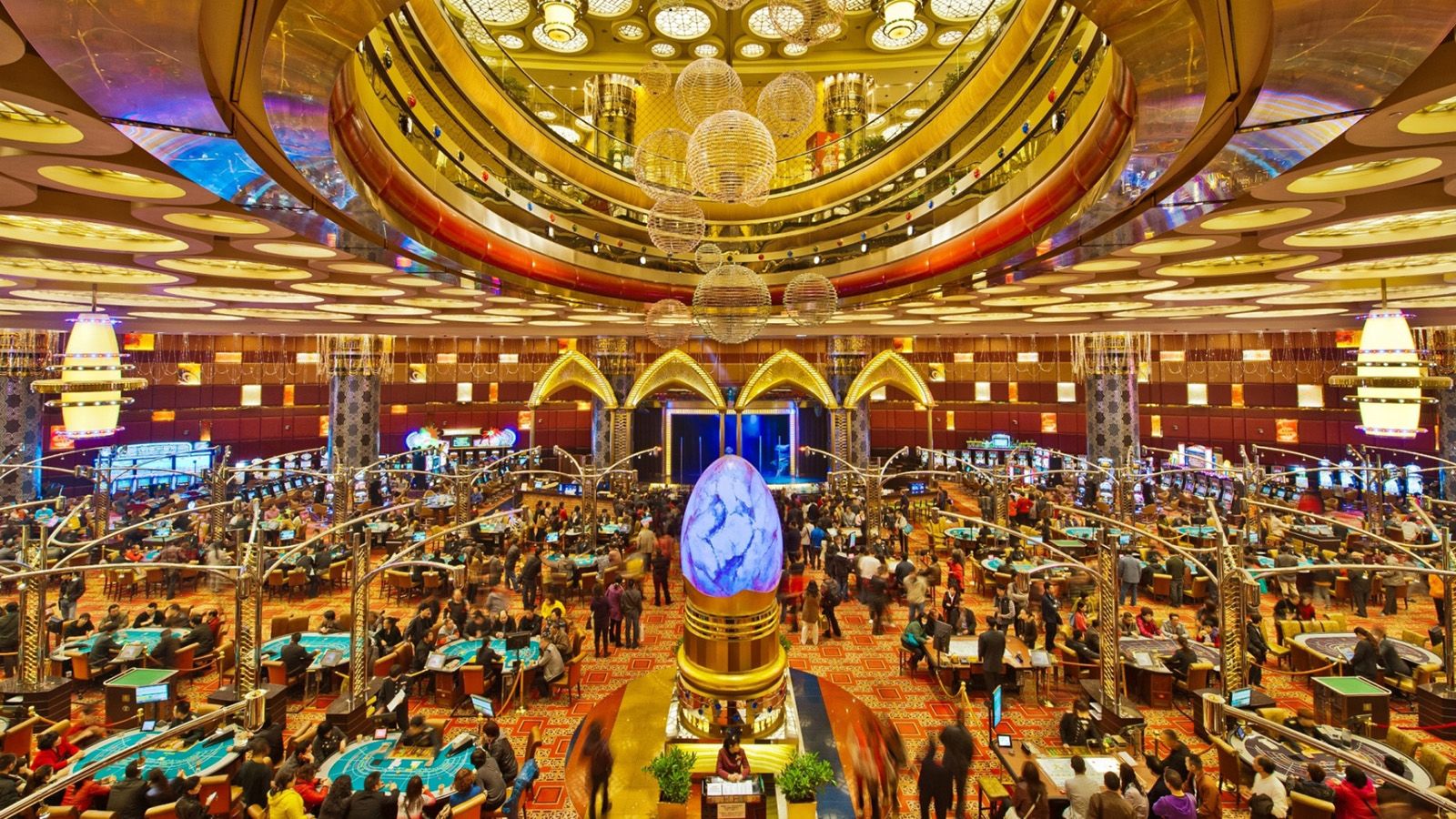
Casino experiences have long captivated human interest, drawing gamblers into a realm filled with fortune, tactics, and the allure of thrill. Each experience is painstakingly crafted not just for enjoyment, but also to inspire specific emotional responses that keep participants immersed and invested. Understanding the drives behind these designs reveals much about how psychology plays a crucial role in the gaming experience.
From the vivid lights and lively sounds to the intricate layering of guidelines and rewards, casino games are designed to create an atmosphere of thrill and eagerness. Game designers leverage mental cues to influence player behavior, whether through the use of big prizes, close-call situations, or community engagement. By examining these aspects, we can better appreciate how casino games fulfill not just a desire for entertainment, but more profound psychological needs for adventure and uncertainty.
Grasping Player Behavior
Casino games are crafted with a deep understanding of player psyche, which is vital for drawing in and keeping players. The thrill of the game, combined with the hope of winning, establishes a formidable attraction. Game designers make use of elements like sound effects, colorful graphics, and engaging gameplay to engage attention and evoke emotional responses. These sensory effects enhance the total environment, making players feel more attached in the game.
Another significant aspect of player behavior is the idea of risk and reward. Casino games often weigh risky situations with the potential for substantial rewards, which can cause the event known as near-miss effect. When players come close to winning, the brain releases dopamine, reinforcing their behavior and motivating them to keep playing in quest of that hard-to-reach win. This cycle of wish and letdown plays a crucial role in how games are structured and promoted.
Lastly, social elements also play a critical role in player behavior at casinos. Many games are crafted to be played in groups or alongside other players, creating a sense of togetherness and shared experience. The interaction inherent in games like baccarat enhances enjoyment and can result in longer play sessions. Designers take advantage on this by crafting environments that invite players to remain, socialize, and revisit, making the overall casino experience more attractive.
The Role of Imagery and Audio
Imagery and sound play a vital role in enhancing the player’s experience within casino games. Designers utilize bright colors, eye-catching graphics, and engaging animations to grab players’ attention and hold their focus. The use of themes, such as adventure or luxury, helps create an engaging atmosphere that takes players into another world. By appealing to the senses, these elements add to a heightened emotional response, prompting players to interact more deeply with the games.
Sound design is equally important in enhancing the experience of casino games. The mix of background music, audio effects for successful combinations, and ambient noises creates an auditory landscape that keeps players enthralled. Audio cues associated with wins, such as ringing bells or celebratory music, evoke feelings of thrill and reward, prompting players to continue playing. These audio cues are strategically placed to amplify the thrill of the game and create a more engaging experience.
Moreover, the synchronization of imagery and sound is essential for reinforcing the game’s overall concept and atmosphere. Each element should coordinate harmoniously to create a cohesive experience that pulls players in. The effective use of this synergy not only improves user enjoyment but also increases the likelihood of return play, as players become more invested in the immersive world that the gambling games offer. This thoughtful combination of imagery and sound ultimately enhances player engagement and commitment.
Reward Systems and Participation
The development of casino games heavily depends on incentive structures to keep players engaged and coming back for additional experiences. casino ohne OASIS These systems are rooted in behavioral principles that take advantage of human nature and motivation. Participants are often driven by the thrill of success, which is reinforced by immediate responses through the game structure’s mechanics. This prompt satisfaction not only enhances the overall experience but also fosters a feeling of success, encouraging players to continue participating in hopes of greater rewards.
Casinos adopt various incentive systems, such as jackpots, bonuses, and multipliers, to captivate players. These elements create a layer of excitement that maintains interest. Additionally, the randomness of outcomes plays a crucial role in sustaining interest. The intermittent reinforcement schedule, where wins are unpredictable but occur often enough, maintains participants on edge and motivated to keep playing. This cycle of anticipation and expectation is essential to the effectiveness of casino games.
In addition, community aspects, such as competitive events and collaborative options, boost the participation factor by tapping into the desire to compete of players. The communal aspect of gaming with others can amplify the thrill of winning and create a community atmosphere within the casino. By combining these social dynamics with effective reward systems, casino games don’t just offer fun but also nurture a deeper connection among participants, solidifying their commitment to the gaming experience.